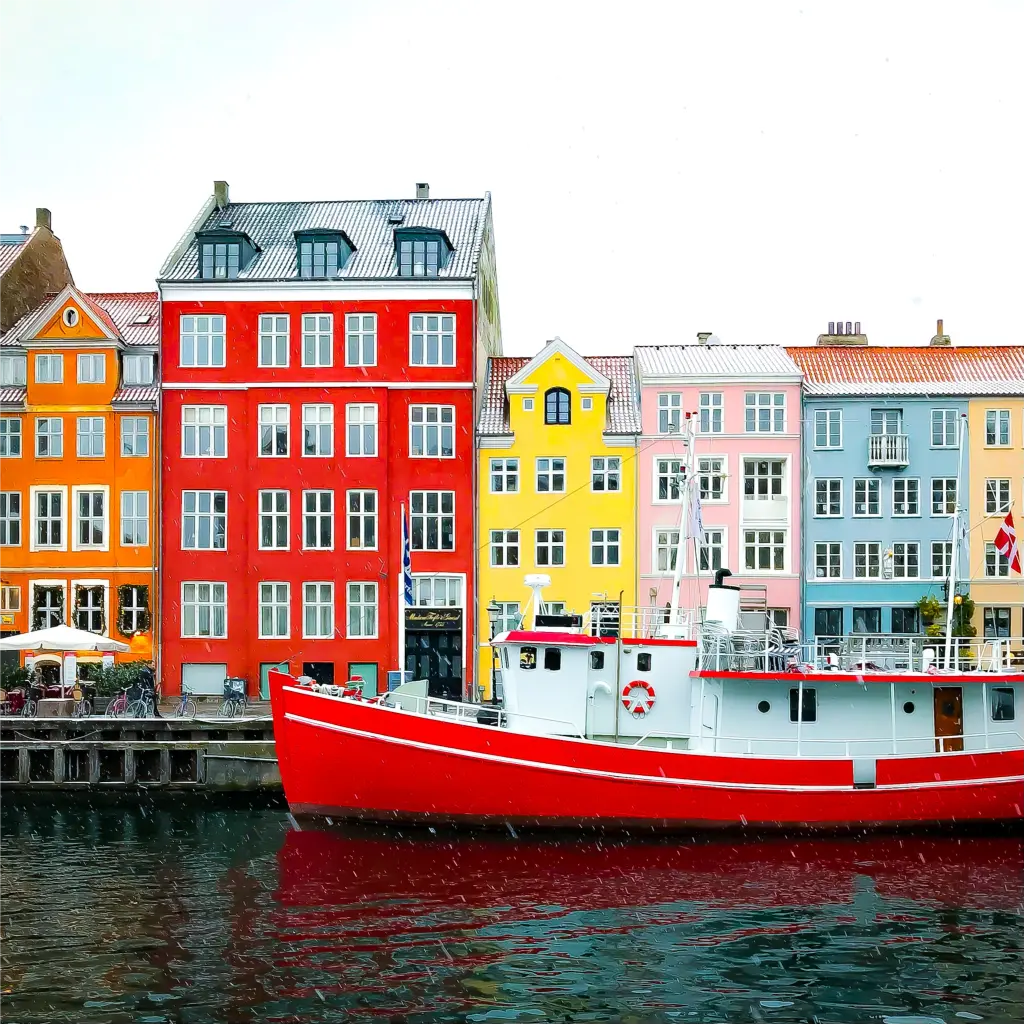One of the main reasons to visit Denmark is for its stunning natural beauty. From the rolling hills of the Danish countryside to the beautiful beaches along the coast, there is something for everyone in Denmark. Whether you want to explore the charming cities, such as Copenhagen and Aarhus, or take a trip out to the countryside to visit the charming villages and countryside, Denmark has something to offer everyone.
Another reason to visit Denmark is for its rich cultural history. The Vikings, who once called Denmark home, left behind a rich legacy that can still be seen today in the country's museums and cultural centers. Additionally, Denmark has a thriving arts and culture scene, with a number of world-renowned museums, galleries, and theaters.
Finally, Denmark is known for its delicious food and drink. From the famous Danish pastries to the locally brewed beer and wine, there is something for every foodie to enjoy in Denmark. Whether you want to sample traditional Danish dishes or try some of the more modern and innovative cuisine, Denmark has something for every palate.
Get cover now




